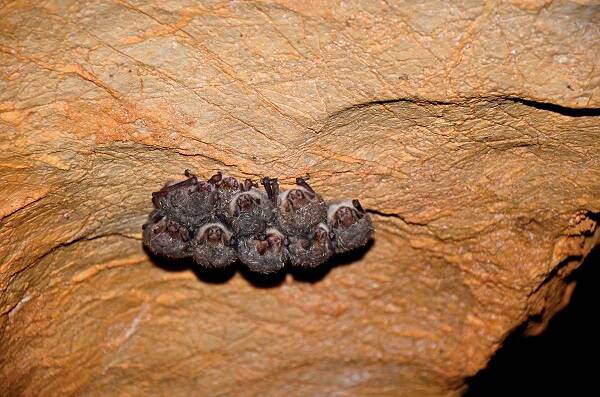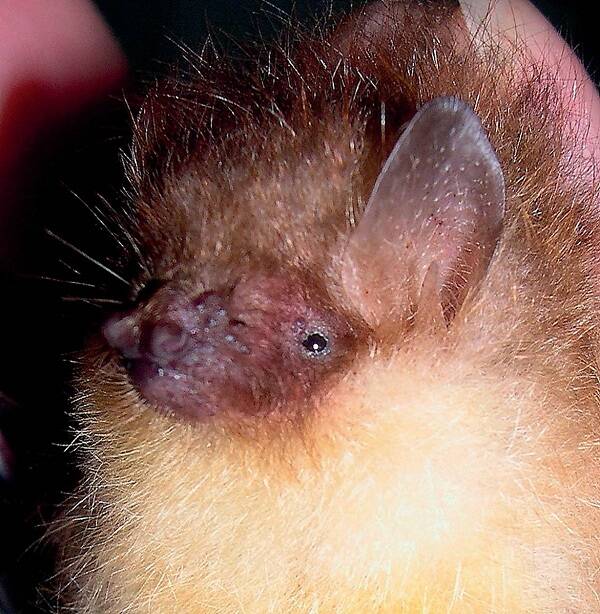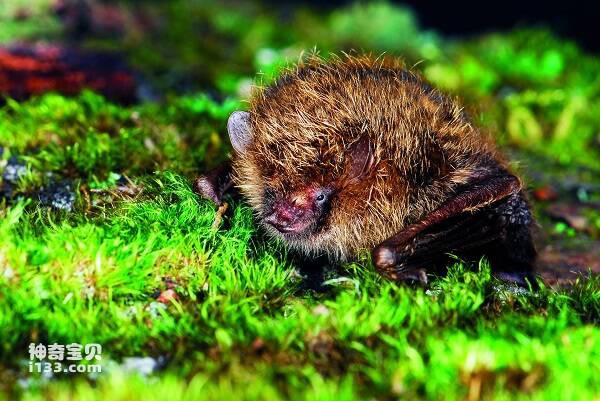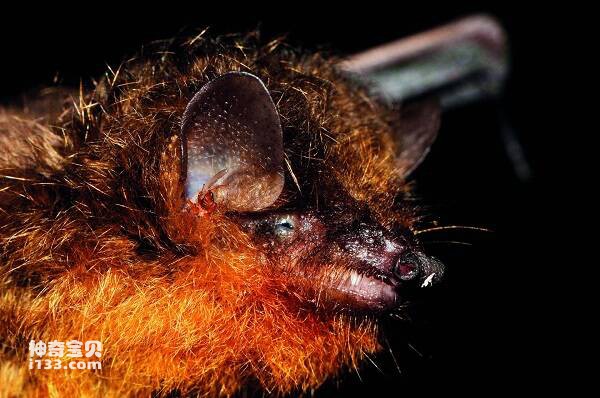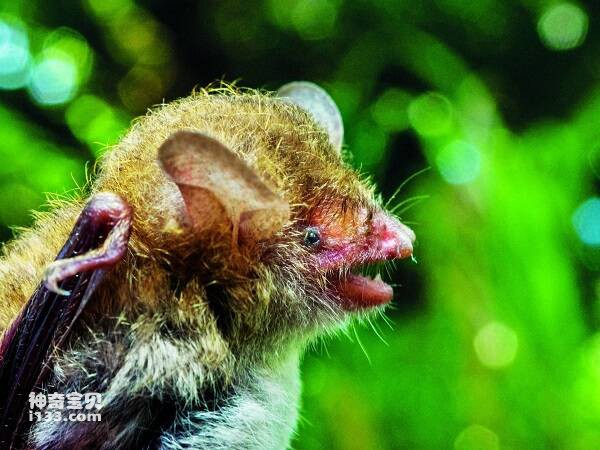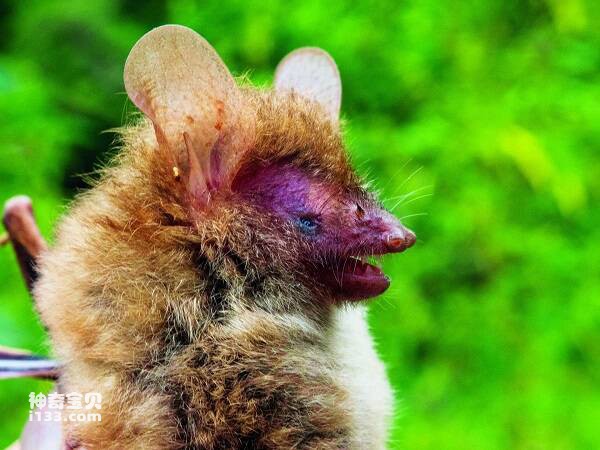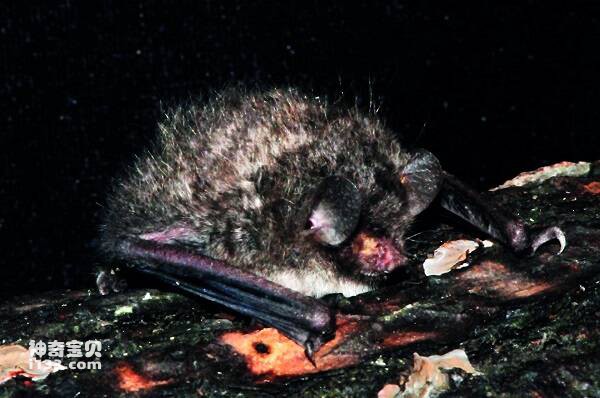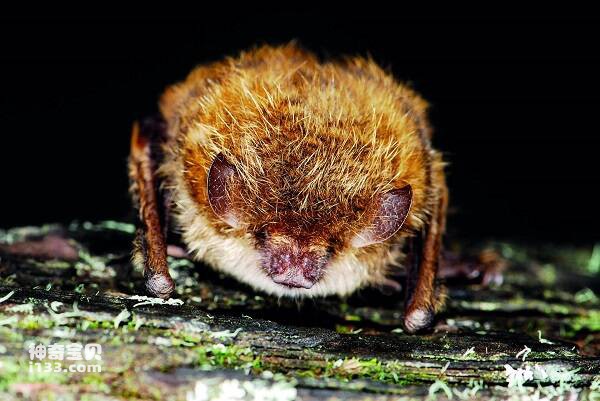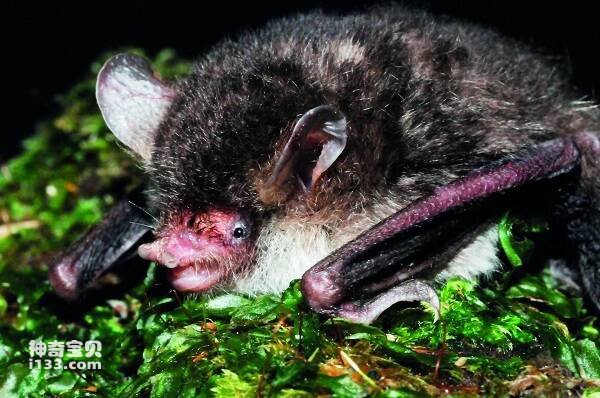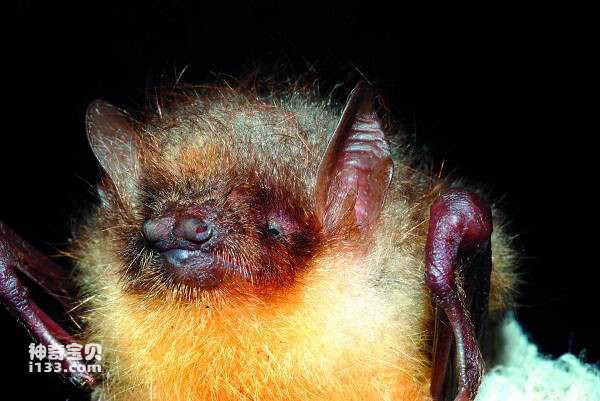Murina leucogaster
IUCN
LCBasic Information
Scientific classification
- name:Murina leucogaster
- Scientific Name:White-bellied Tube-nosed bat,Murina leucogaster
- Outline:Chiroptera
- Family:Chiroptera Batidae Tuborhinus
Vital signs
- length:42-53mm
- Weight:
- lifetime:
Feature
The color of body hair varies greatly in different geographical regions.
Distribution and Habitat
It is widely distributed in Heilongjiang, Jilin, Liaoning, Beijing, Shanxi, Shaanxi, Sichuan, Fujian, Xizang, Guizhou and Yunnan provinces. It is distributed abroad in India, Vietnam, Korea, Japan, Nepal, Bhutan and Thailand.
White-bellied pipenose bats live in caves and abandoned houses in broad-leaved forests at altitudes of 1,200 to 2,000 in China.
Appearance
Larger tube-nosed bat. Body length 42-53mm, forearm length 37-43mm, tail length 34-49mm. The head is brown, the snout is prominent, and the nostrils are long and short. The back hair is reddish-brown or grayish-brown, and the belly hair is light and often grayish-white. Dark brown face, thick and soft hair, long, up to 13mm. The color of body hair varies greatly in different geographical regions. The ears are short relative to body size, slightly longer than wider, with blunt tips. The tragus is long and narrow, with a notch at the base. The alar membrane is broadly round and connected to the base of the toe. The tail membrane and the upper part of the foot are covered with fine and dense hairs.
Details
The social structure of the white-bellied bat is complex, and it is a typical social nocturnal animal, often living in the same cave with other bat species. Sometimes it also roosts in tree holes and buildings, and hibernates in caves and rock crevices in winter. White-belted tube-nosed bats emit typical short-duration and wide-band echolocation sound waves used to hunt insects in forest glades. The communication calls of white-bellied bats are also very complex and often change with the change of the vocal background.
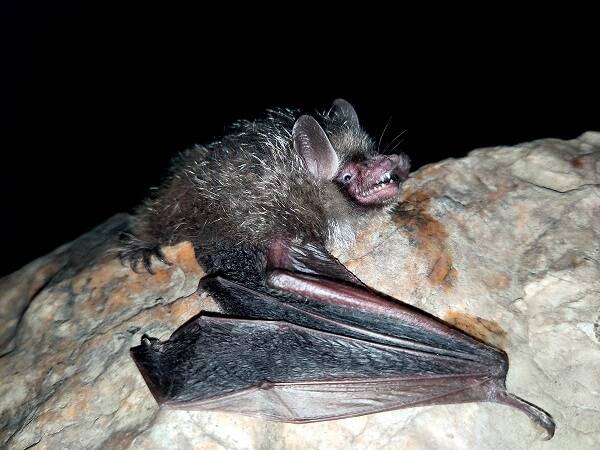
When hibernating, white-bellies pipenose bats enter a larger cave, at a depth of about 10 meters from the entrance, the body surface temperature is consistent with the temperature inside the cave, the temperature inside the cave is generally 5 ° C ~8.5 ° C, and the temperature above 8 ° C can squeak. White-bellied tubular-nosed bats are paralyzed during hibernation. Some of them hang from the rocks on the roof of the cave by the hook claws of their hind limbs. Their forearms hold their heads on both sides, and their tail is wrapped backward and ventrally. Some of them lay with their heads facing outward in small pits; There are three to five of them hanging upside down on the rock wall. There are also more than 20, more than 50, more than 100 in the shape of imbringles upside down stacked together or hung on the roof of the high cave.
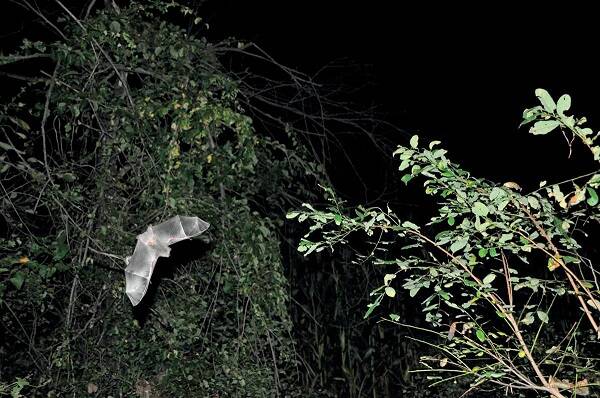
General summer litter, one litter per litter. During the breeding period, the female bats live in small groups while the male bats live alone. After the young bats live independently, the male and female begin to live together.
Listed on the International Union for Conservation of Nature (IUCN) 2008 Red List of Threatened Species ver 3.1 - Data Missing (DD).
